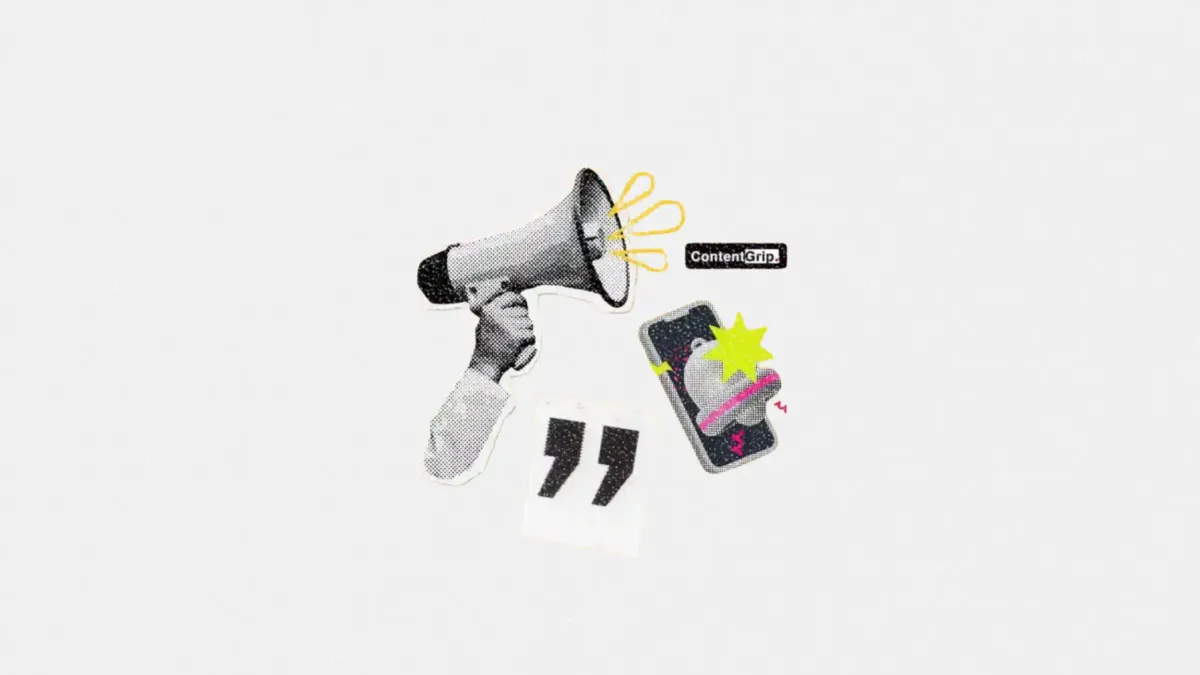Uber’s APAC marketing chief Andy Morley exits after 10 years
Uber’s Asia Pacific CMO Andy Morley steps down after building the brand across ANZ and APAC

Andy Morley, Uber’s Chief Marketing Officer for Asia Pacific, is stepping down after nearly a decade with the company. His exit marks a major leadership transition for the ride-hailing giant, especially across a region where marketing strategy has been pivotal to growth.
This article explores Morley’s legacy, what the transition signals about Uber’s evolving marketing priorities, and what marketers across APAC should take away from his departure.
Short on time?
Here is a table of content for quick access:
- From no marketing team to regional brand leadership
- Why Morley’s departure matters now
- What marketers should take away

From no marketing team to regional brand leadership
When Morley joined Uber in 2016, the company had minimal marketing infrastructure in Australia and New Zealand. “We had no real marketing org, budget, plans or capabilities,” he shared on LinkedIn. In his own words, the team consisted of “ambitious young marketers ready to go-get-it.”
Over the next several years, Morley helped architect Uber’s consumer-facing brand in the region. His work included building the internal marketing function from the ground up and leading major campaigns such as UberKittens, UberPuppies, and the long-running Tonight, I’ll Be Eating platform, which eventually scaled globally.
He was also at the helm during a critical inflection point: the pandemic. While Uber’s rideshare business collapsed almost overnight, Uber Eats became a lifeline. Under Morley’s guidance, the company’s marketing shifted quickly to meet changing consumer needs and behaviors.
In the past three years, Morley expanded his remit to lead Uber’s APAC marketing as the region grew in strategic importance. He was central to scaling up operations, not just in ANZ, but across a diverse set of markets with differing consumer habits, regulatory dynamics, and competitive landscapes.
Why Morley's departure matters now
Leadership changes at the regional CMO level don’t always make headlines, but in this case, marketers across APAC should take note. Morley’s departure signals a generational handoff in how Uber is thinking about marketing in the region, and possibly a shift toward tighter global integration.
With Uber’s Global CMO Lucinda Barlow stepping in temporarily, the interim setup suggests that the company may centralize more of its marketing leadership. Whether this becomes a longer-term strategy remains to be seen, but it could affect how localized the brand's future campaigns will be across APAC.
It is also a moment for marketers to reflect on the rare longevity of Morley’s tenure. In an industry where marketing leads often rotate every two to three years, his 10-year run across regional and functional leadership roles is a case study in scaling marketing maturity through multiple growth cycles.
What marketers should take away
Morley’s exit isn’t just a personnel change. It’s a chance to reflect on the kind of marketing leadership that can help brands grow through disruption, expansion, and transformation. His legacy offers clear takeaways for marketers operating across dynamic regions like APAC.
1. Invest in brand-building even when performance dominates
Morley’s campaigns balanced quirky, memorable activations with broader brand-building. Marketers in fast-growth companies often default to performance, but Uber’s success shows the long-term ROI of strong brand platforms.
2. Regional alignment matters, especially in APAC
Uber’s ability to scale across varied markets like Japan, India, and Australia relied on a balance of global brand strategy and local adaptation. Marketing leaders need to master this hybrid approach to scale effectively.
3. Leadership stability drives marketing maturity
Morley’s decade-long influence enabled Uber to move beyond startup-style activations and into more sophisticated, consistent messaging. For marketers, this is a reminder that high-impact leadership requires time to compound.
4. Crisis marketing is a leadership litmus test
During the pandemic, Uber’s pivot from rides to deliveries was not just operational, it was also a brand repositioning challenge. Morley’s ability to guide that shift showed the importance of agile marketing leadership during crises.
While Morley hasn’t yet announced his next move, Uber’s APAC marketing future remains in flux. Whether the company appoints a local successor or leans further into centralized leadership under Barlow will say a lot about where the brand is headed strategically.
For marketers across the region, this is a moment to watch. Uber’s next chapter in APAC could influence how other global tech companies think about regional leadership, localization, and long-term brand investment.




